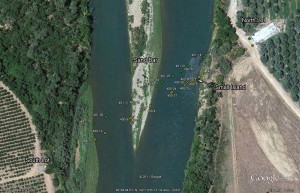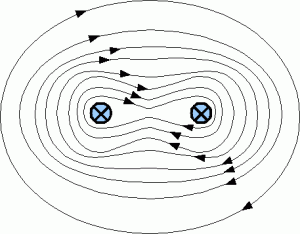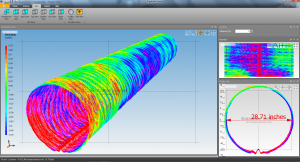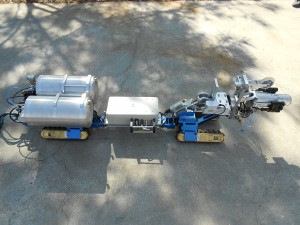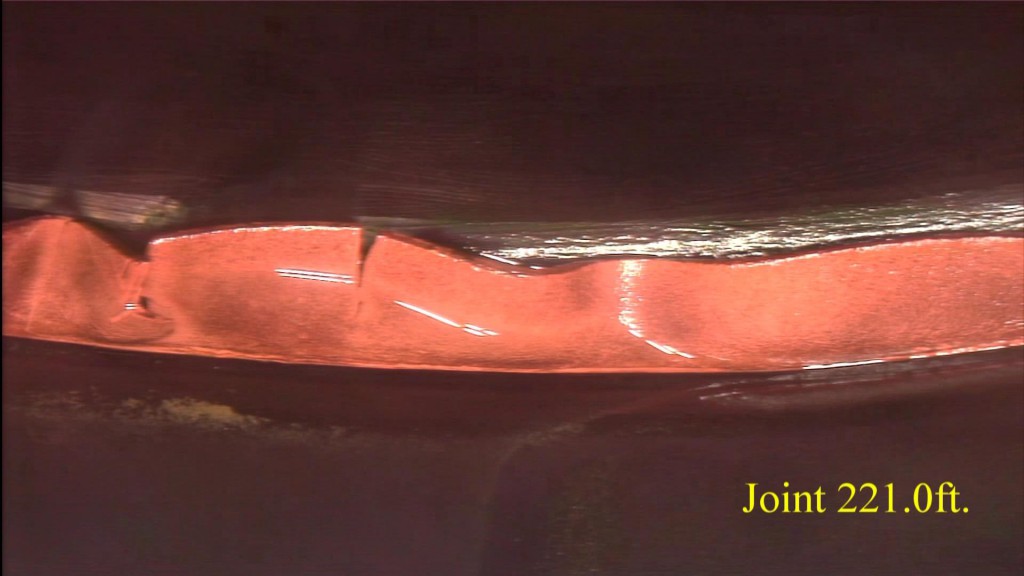Remote Inspection Technologies is pleased to announce the addition of Alex Kaplan to our sales team as National Technical Sales Representative. Alex has been working with RIT as a contractor since the inception of the company, and will now take on a full time position. He will be working out of New York City – enhancing RIT’s presence in northeast markets.
Alex has been in the robotics field for over a dozen years, with a range of experience including assembly and manufacture, research and development, and over 6 years of field operations and project management. His technical knowledge, along with his experience working with customers in the field, make Alex a valuable asset to RIT and our customers. We are excited to have Alex on the team!
Alex Kaplan can be reached on his direct line at 985-662-1446. You can also call our National Sales Manager, Pete Weber, at 619-847-1097, or our main office at 985-662-0755.
For more information about Remote Inspection Technologies and the range of inspection and survey services we offer our customers, please visit our website at http://RiTech.com
